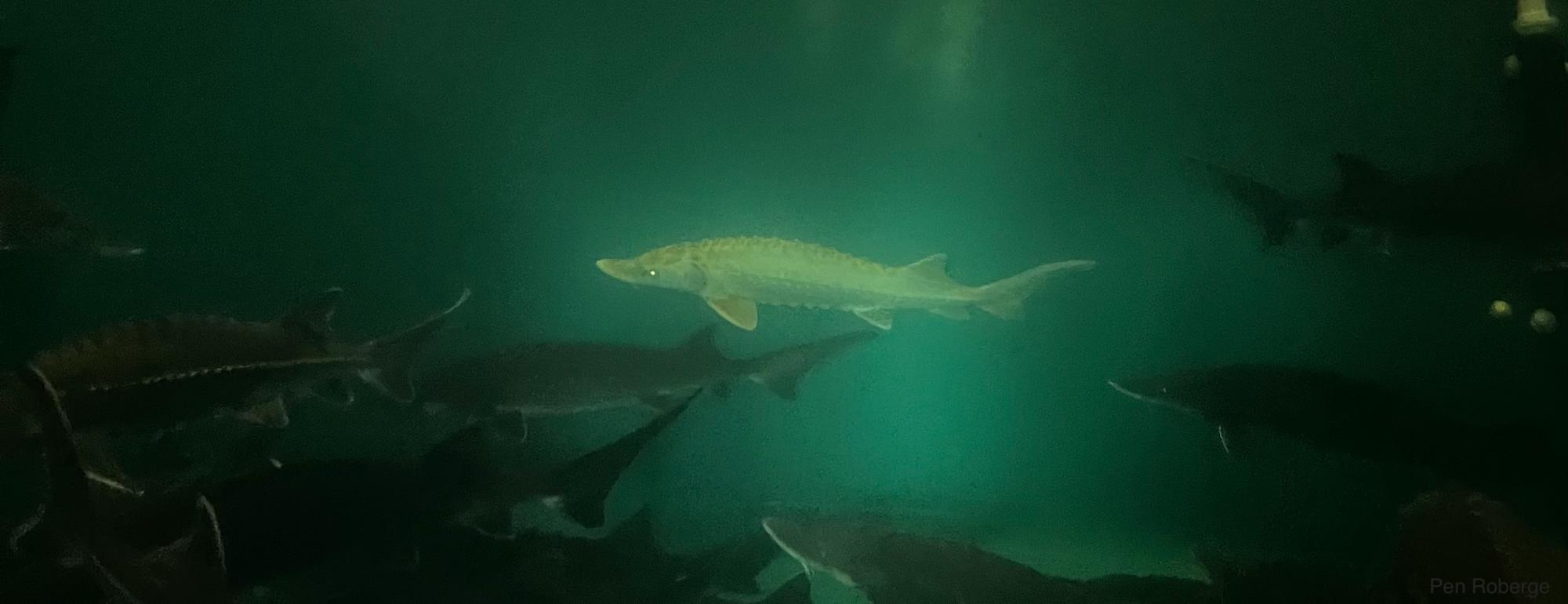Successful water management in California satisfies the needs of humans, e.g., agriculture, industry and human consumption, and those of fish fauna, including threatened native species, such as green sturgeon (Acipenser medirostris). There is potential for model simulations to improve decision-making by predicting the outcomes of various management scenarios using accumulated observations of species in the systems of interest. This is especially true for complex systems with multiple stakeholders and multifaceted outcomes, such as in California’s Sacramento-San Joaquin Delta and river systems. Individual-based models (IBMs) stand out in these contexts for their ability to synthesize knowledge of a system into intuitively structured models that can provide detailed and realistic simulations of systems affected by changes in environmental conditions and management regimes.
This project seeks to develop an individual-based model of green sturgeon in central California that can be used to simulate effects of changing climate and water management on population dynamics, habitat use, and movement. The southern distinct population segment (SDPS) of green sturgeon, which is primarily associated with the Sacramento River, is listed as threatened under the US Endangered Species Act. Potential management scenarios impacting green sturgeon include changes to flow, which may be associated with water infrastructure (e.g., dams, diversions) or climate change; changes in passage, such as restoration increasing river connectivity or the placement of impoundments and construction of routes around them; and changes in water temperature, from expected higher atmospheric forcing (e.g., warmer air temperatures) and the timing and volume of cold water releases from upstream reservoirs. The ESA requires detailed analysis of the impacts of these changes on listed species.

